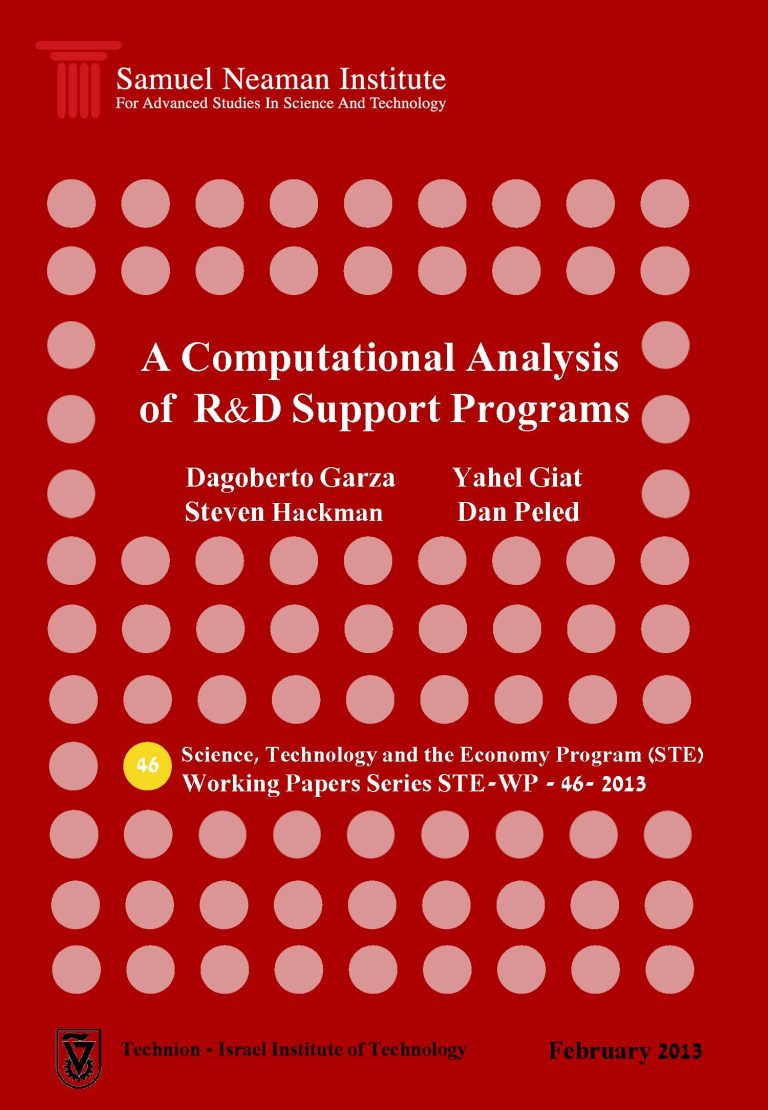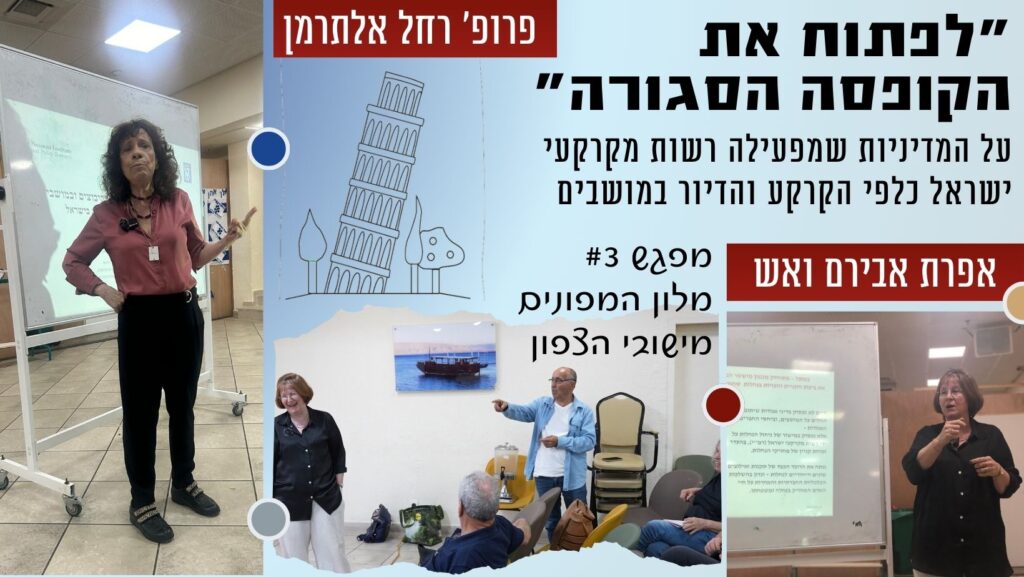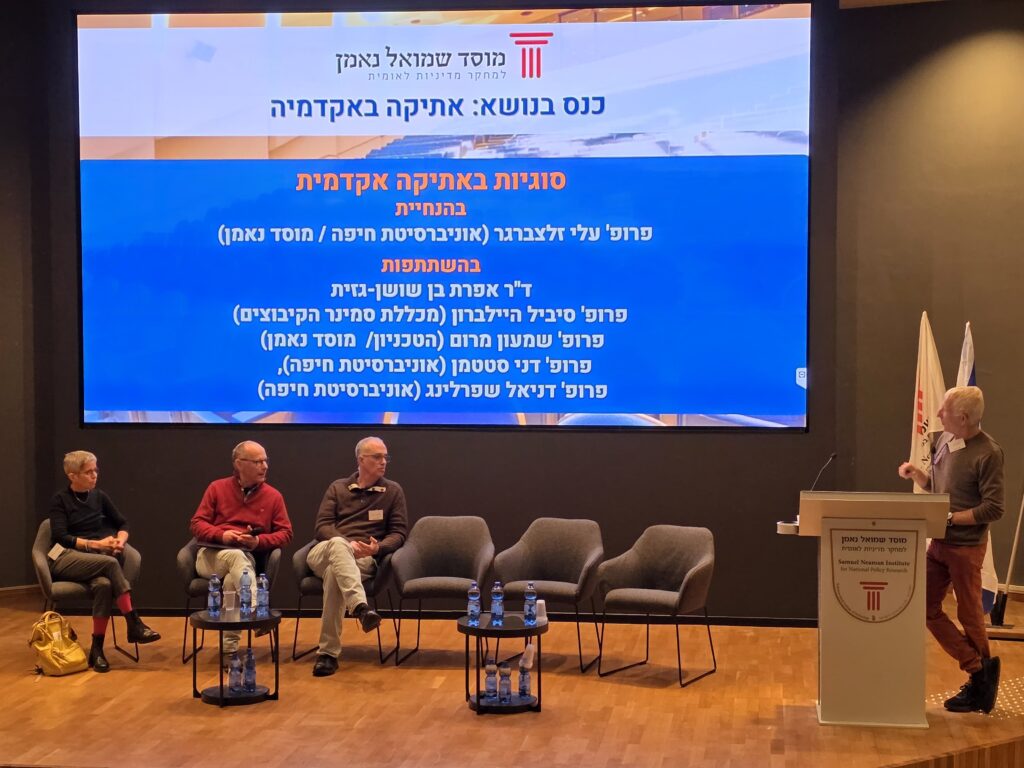Government R&D support programs are examined within a dynamic equilibrium model of imperfectly competitive industries in order to study the effectiveness of such programs and the extent to which their design matters. We compare two common support schemes, R&D tax credit and direct R&D grants. Adopting comprehensive welfare measures that take into account government, producer and consumer surpluses, we find that both schemes exhibit positive social returns. Mid-range R&D intensive sectors exhibit higher social returns than either high or low R&D intensive sectors. Both incentive schemes generate positive measures of R&D input additionality of magnitudes consistent with empirical R&D research. However, R&D grants that require firms to allocate subsidy funds to R&D spur less R&D than a more flexible R&D tax credit. Subsidy schemes can even induce competing firms to over-spend on R&D, generating negative producer surplus and possibly negative social returns.
 / Publications / A Computational Analysis of R&D Support Programs
/ Publications / A Computational Analysis of R&D Support Programs











